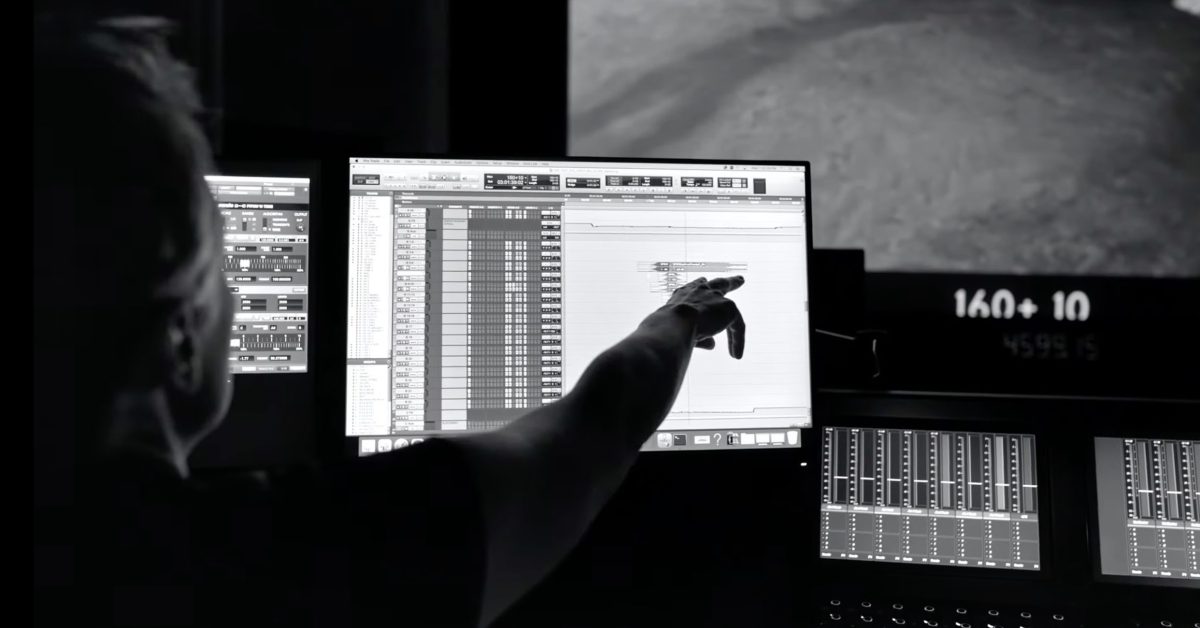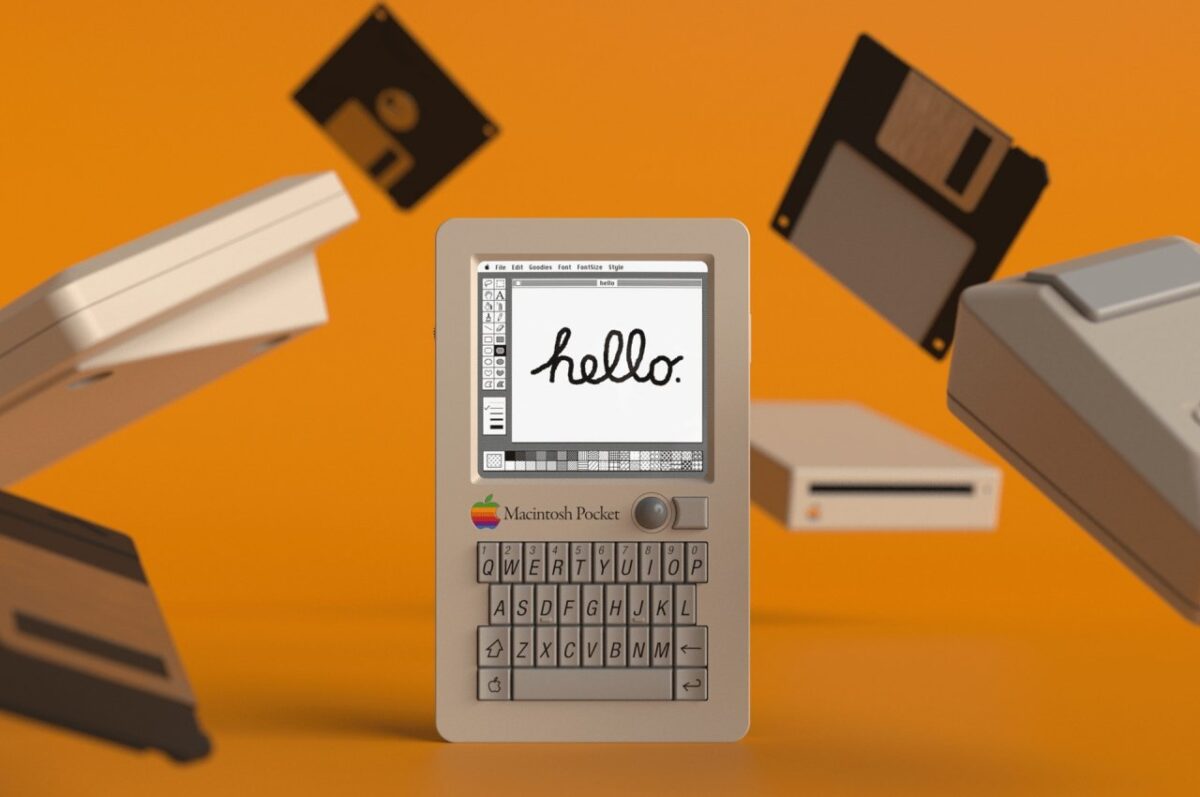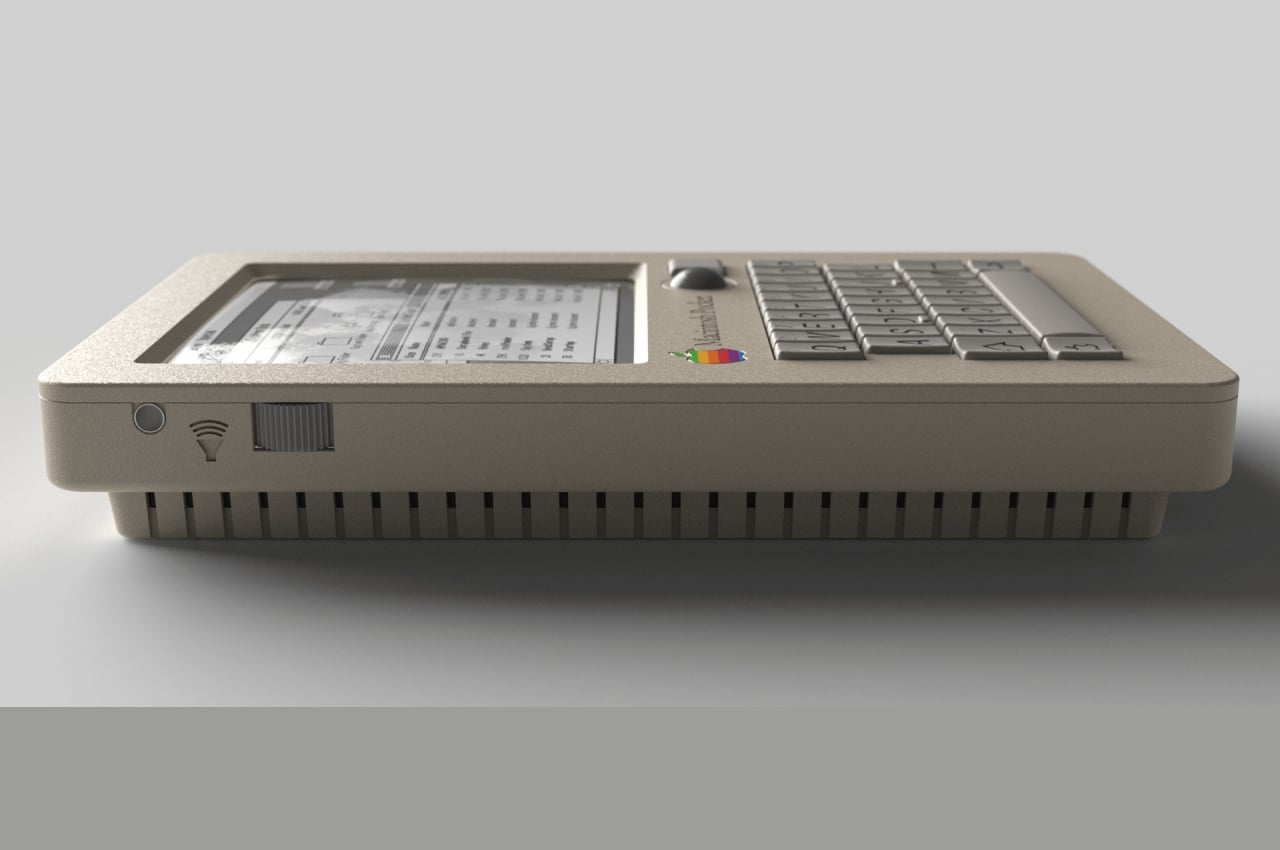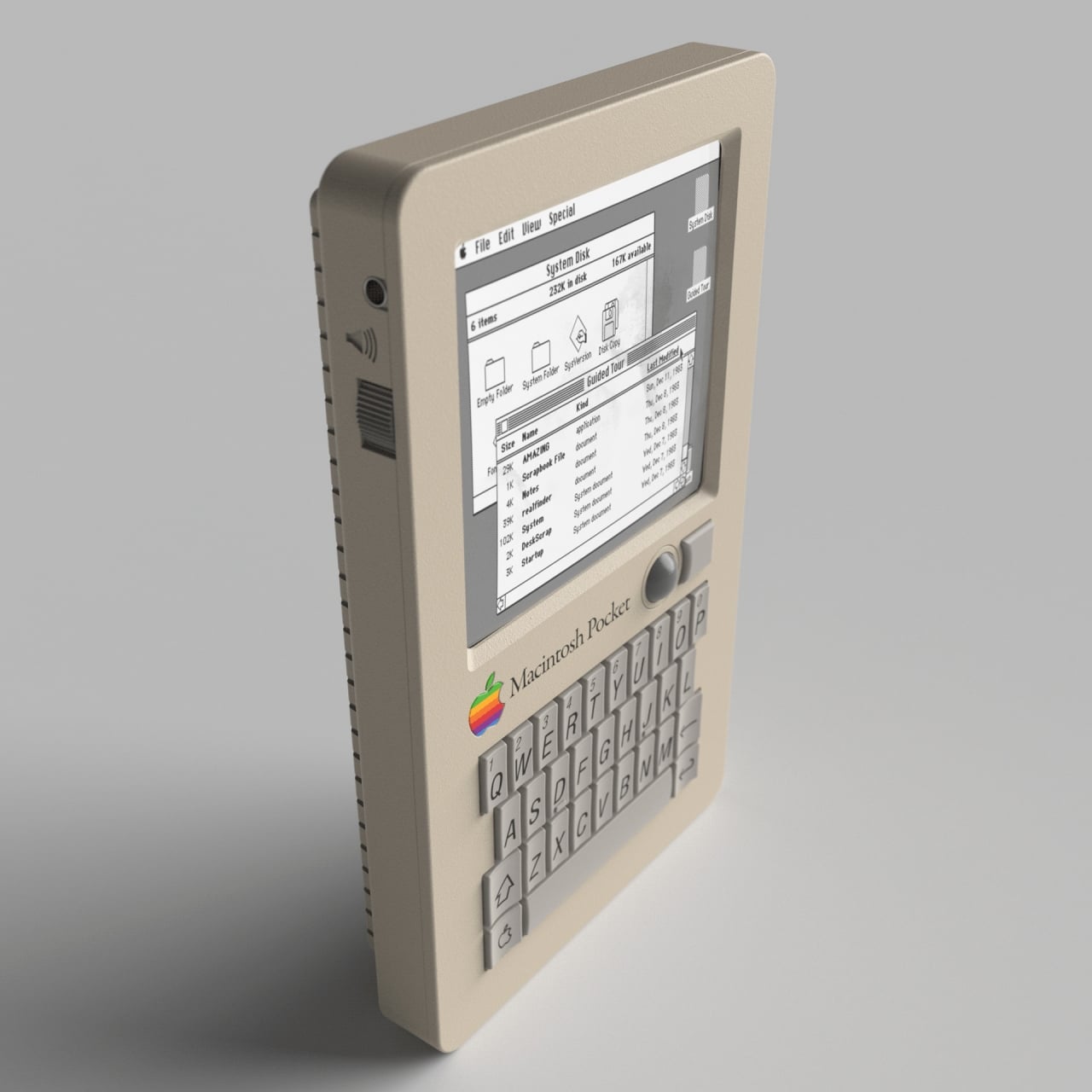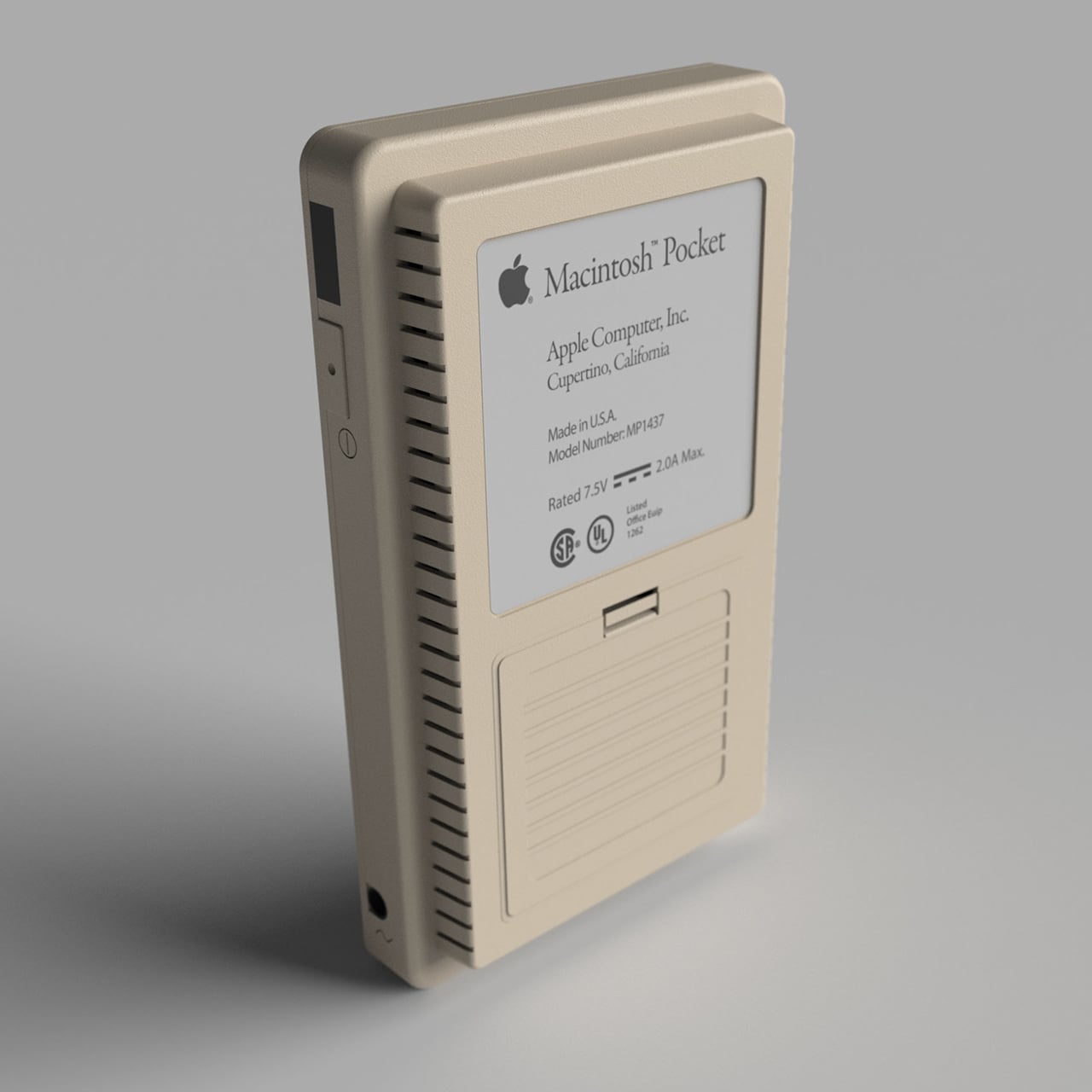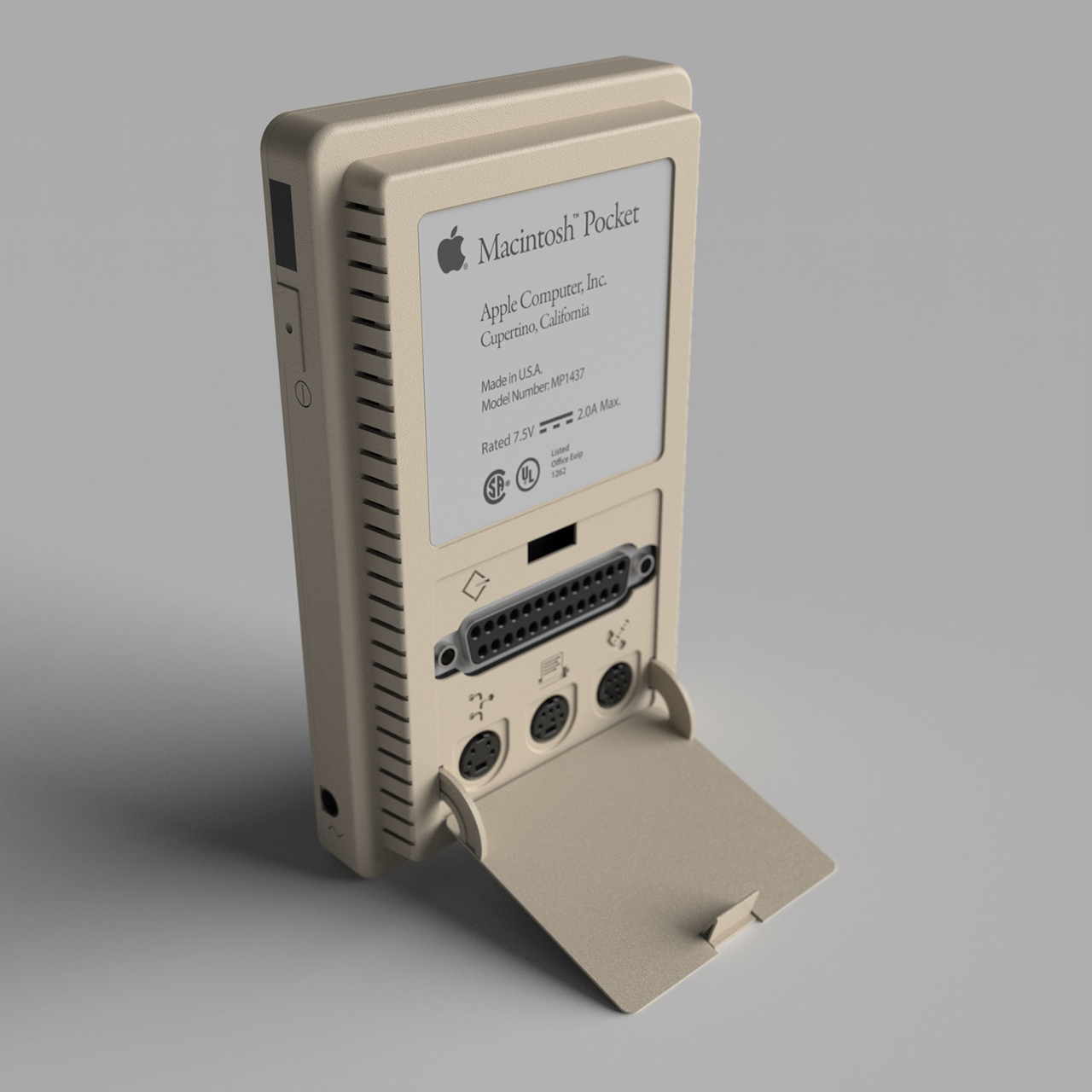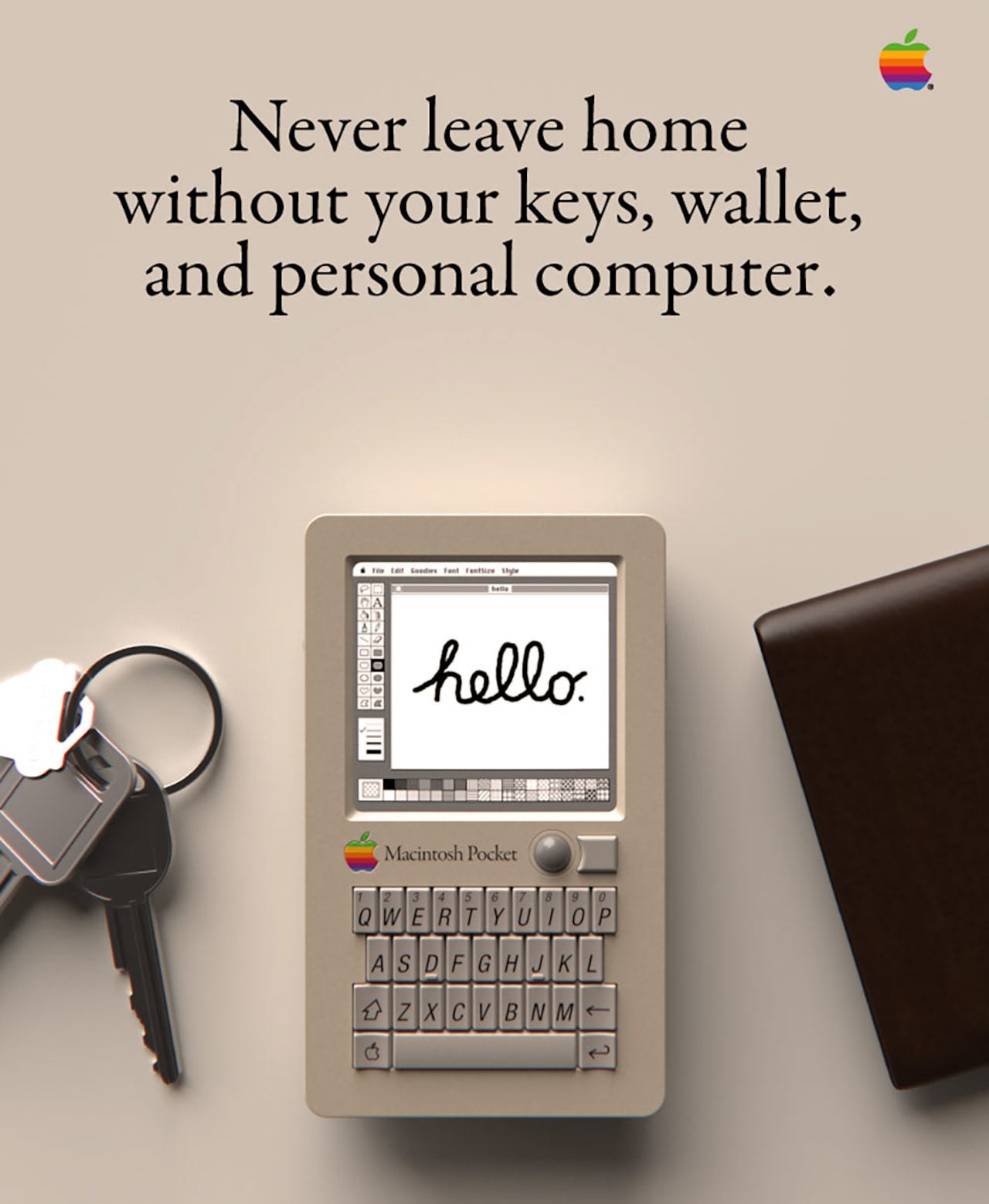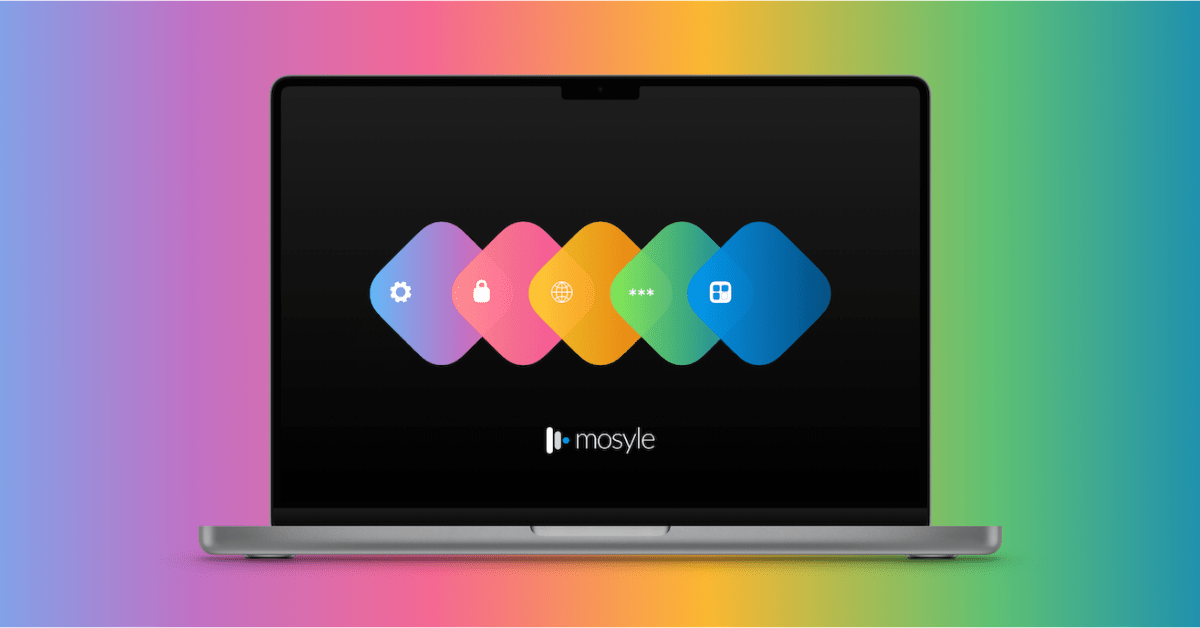The official version of Samsung Internet 17.0 is now ready for download on Google Play or Galaxy Store
Samsung Electronics officially released Samsung Internet 17.0 today,1an upgrade that brings user-centric privacy and security features to the browser. The latest version includes Smart anti-tracking and HTTPS priority access set as defaults, with new ways of web authentication. Drag and drop tabs and translation options have been added to improve the user experience.
“With each new generation of Samsung Internet, we have committed to engineering a superior browsing experience that never compromises on privacy or security,” said Heejin Chung, Head of Web R&D Group at Mobile eXperience Business, Samsung Electronics. “Samsung Internet 17.0 is the result of years of research that has allowed us to put our most powerful and protected browsing experience yet in the hands of any Galaxy user.”
Privacy by Default
Samsung Internet 17.0 enhances the AI-powered Smart anti-tracking function, which is now turned on by default. 2 This feature will help to block third parties attempting to track users’ personal information and users can also default to a safer HTTPS setting when typing a URL on Samsung Internet 17.0.

Smart anti-tracking function turned on by default.
Fast and Easy Access to Privacy Activities
Samsung Internet 17.0 gives users a comprehensive overview of how Samsung’s browser is protecting their web experience. With Samsung Internet 17.0, a visual snapshot of a user’s privacy dashboard is available via the Quick Access page. The Quick Access page provides a visual snapshot of a user’s privacy dashboard. It includes recurring activities as well as settings which can be modified to meet users’ privacy preferences.
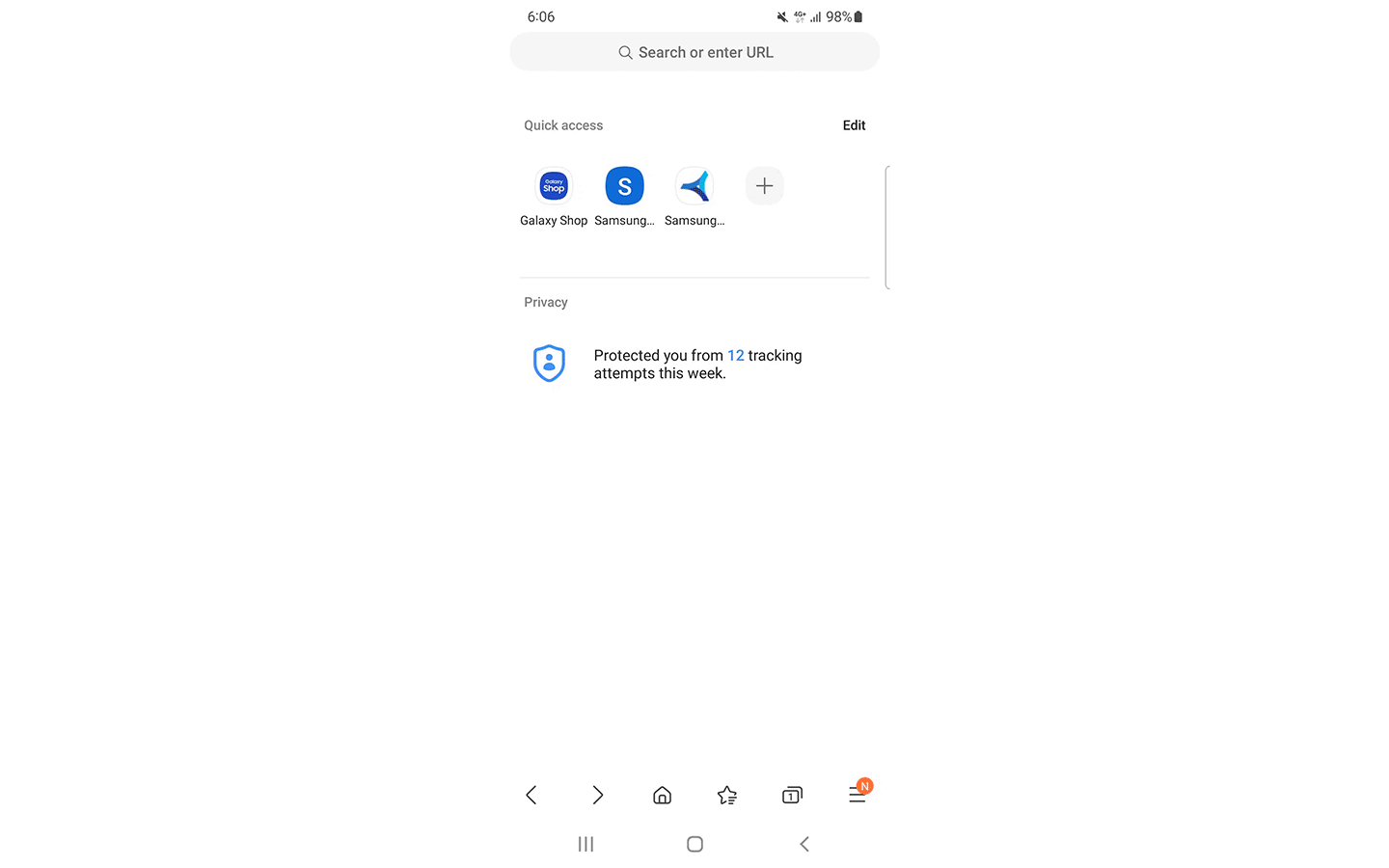
Users can check the privacy dashboard on the Quick Access page.
Samsung Internet 17.0 also provides a way to use external security or on-device security keys as an alternative for SMS or App-based two-factor authentication.
A Smoother, More Powerful User Experience
Samsung’s latest browser update includes several enhancements to its overall user experience, including the ability to drag and drop tabs into custom tab groups. This makes navigation and organization smoother and faster.

Easily drag and drop to categorize tabs into groups.
Samsung Internet 17.0 will also bring improved search experiences across bookmarks, history and saved pages. The browser recognizes common user typos and can process word-based matching queries to find phrases or sentences from a database based on bookmarks and saved pages. Phonetic matching also enables searching for specific terms based on how they sound, and translation capabilities have been bolstered with the addition of five languages, bringing the total to 26. 4

Improve search experiences with typo recognition feature.
1 Availability and timing may vary by market and carrier. [******************************************************************************************************************************************************][******************************************************************************************************************************************************][************************************************************************************************************************************************************************************************************************************************************************************************************************************************************************************************************************************************************************************************************************************************************************************************
2Smart anti-tracking is available by default in the following countries and/or regions (as of May 4): Aland Islands, Albania, Andorra, Austria, Belgium, Bosnia, Bulgaria, Croatia, Cyprus, Czech Republic, Denmark, Estonia, Faroe Islands, Finland, France, Germany, Gibraltar, Greece, Greenland, Hercegovina, Hungary, Iceland, Ireland, Italy, Latvia, Liechtenstein, Lithuania, Luxembourg, Macedonia, Malta, Monaco, Montenegro, Montserrat, Netherlands, Norway, Poland, Portugal, Romania, San Marino, Serbia, Slovakia, Slovenia, South Korea, Spain, Svalbard and Jan Mayen Islands, Sweden, Switzerland, United Kingdom, United States, Vatican City State.
3Supported languages include: Arabic, Bulgarian, Chinese, Croatian, Czech, Dutch, English, French, German, Hungarian, Indonesian, Italian, Japanese, Korean, Polish, Portuguese, Rumanian, Russian, Serbian, Spanish, and Turkish, with the addition of five languages: Danish, Finnish, Norwegian, Swedish, and Vietnamese.


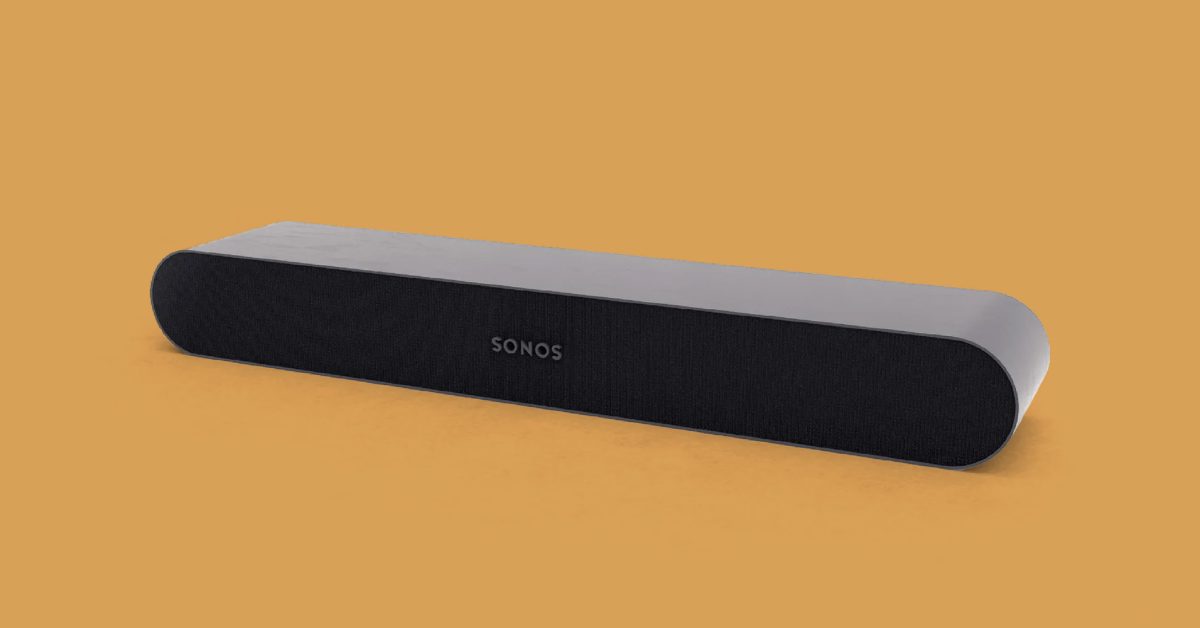

:no_upscale()/cdn.vox-cdn.com/uploads/chorus_asset/file/23436199/Skirmish_40K.jpg)
:no_upscale()/cdn.vox-cdn.com/uploads/chorus_asset/file/23436200/Inventory_40k.jpg)
:no_upscale()/cdn.vox-cdn.com/uploads/chorus_asset/file/23436203/Ship_planning.jpg)










